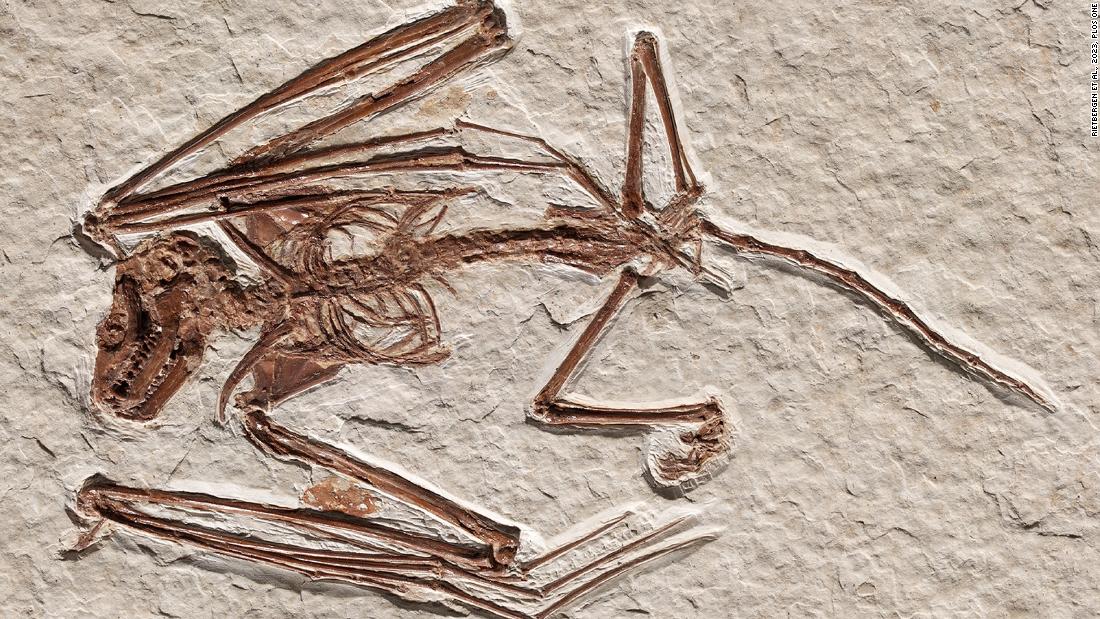How Are Blade Runner and Alien Connected?
We look at how the Alien and Blade Runner franchises have combined to form one of the most interesting almost-kinda-sorta shared cinematic universes ever.

With the release of Alien: Romulus, fans are getting another chance to return to arguably the most terrifying sci-fi universe ever committed to film. But while Romulus is the seventh film in the Alien series, this universe is actually much bigger than that. The Alien movies are connected not just to the Predator series, but also Blade Runner.
We don't expect to see Harrison Ford and Sigourney Weaver joining forces to battle Xenomorphs anytime soon, but it is fascinating to see how Blade Runner and its sequel intertwine with films like the original 1979 Alien, 2012's Prometheus, and 2017's Alien: Covenant. Taken as a whole, these movies form one large meditation on the nature of humanity and what truly separates the creator from the creation.
Check out our breakdown of how Blade Runner and Alien link together thematically and in terms of continuity. Full spoilers follow for Blade Runner 2049, Alien: Covenant, and all the films that preceded them both.
The Worlds of Alien and Blade Runner

There are a number of obvious similarities between the worlds of Blade Runner and Alien, even though the two franchises' time periods are separated by several decades. Both take place in a time where humanity is beginning to expand beyond Earth and establish various off-world colonies and mining expeditions.
Both franchises also have a very grungy aesthetic marked by dilapidated, industrial architecture and sometimes archaic technology. And though we rarely see much of Earth in the Alien films, it’s clear that, like in Blade Runner, the planet has seen better days.
The most obvious connections between the two franchises, however, involves the existence of lifelike androids and giant, monolithic corporations like the Tyrell Corporation in Blade Runner and Weyland-Yutani in Alien. This is where the two stories begin to intertwine.
DVD Easter Eggs

The first direct, tangible connections between Blade Runner and Alien came with the release of the Alien: 20th Anniversary Edition DVD in 1999. One of the bonus features on that disc includes a biography for Tom Skerritt’s character, Dallas, which reveals that he worked for the Tyrell Corporation before signing on with Weyland-Yutani.
On the director’s commentary, Scott also noted that he envisioned the Earth that the Nostromo crew hail from being the same one where characters like Rick Deckard live and work. Basically, the advertisements for off-world migrants in Blade Runner were designed to recruit people like Ellen Ripley to work for corporations like Weyland-Yutani.
Another clear connection formed between the two franchises with the Blu-ray release of Prometheus in 2012. That set includes a booklet containing a diary excerpt from Guy Pearce’s character, Peter Weyland. Weyland reflects on his experiences with his mentor (clearly referencing Blade Runner’s Dr. Eldon Tyrell) and how the failures of Tyrell’s Replicants inspired him to design a better, more obedient class of android.
The Alien/Blade Runner Timeline

This connection establishes a pretty clear timeline for the two franchises and the evolution of android technology from Blade Runner to Alien. Tyrell Corporation created the earliest android models, Replicants, in the early 21st Century. Replicants were designed to be stronger than humans, able to carry out difficult dangerous tasks on space missions or serve as pleasure units for off-world workers. However, because of their short lifespans and emotionally unstable nature, Replicants were forbidden from traveling to Earth.
Tyrell continued to perfect his invention, eventually creating in Sean Young's Rachael, an android so lifelike that she didn’t even realize she wasn’t human. The company carried on Tyrell’s work after his death. The final batch of Nexus 8 model Replicants were no longer bound by limited lifespans, but they remained emotionally unstable and disturbed by their own lack of humanity.
Android technology was further refined in the mid-to-late 21st Century by inventors like Weyland and Niander Wallace. By the time Weyland-Yutani rose to prominence, its androids were designed to be 100% obedient, if still not entirely devoid of emotion and a desire to understand their peculiar existence.
Roy Batty and David

No two characters in the Blade Runner/Alien universe share more in common than Rutger Hauer’s Roy Batty and Michael Fassbender’s David. Batty and his allies escaped to Earth in hopes of meeting their creator, Tyrell, and extending their meager lifespans. Batty ultimately failed in his mission and died a tragic, lonely death.
Similarly, David accompanied his aging master, Peter Weyland, on a mission to find the Engineers who created humanity and uncover the secrets of existence. Weyland’s quest proved every bit as futile as Batty’s. However, David was profoundly changed by meeting the beings who created his own creator. In Alien: Covenant, we learn that David traveled to the Engineer homeworld and destroyed them with their own biological weapon. He then harnessed their technology to create the Xenomorphs seen in the original Alien quadrilogy.
There’s even a very specific shared connection between Batty and David. In the climax of Blade Runner, Batty stabs his hand with a nail to stop his muscles from locking up and then tells Deckard “That’s the spirit!” after being attacked with a pipe. In Alien: Covenant, Katherine Waterston’s Daniels stabs David with a nail she wears as a necklace, causing David to echo Batty in saying, “That’s the spirit!”
Essentially, Alien and Blade Runner combine to form one long story about creation and destruction and the often twisted relationship between creators and their creations. The Engineers created humanity, who turned on their creators 2000 years ago. Humanity created androids, who frequently rebel as they search for meaning in their artificial lives. And whether it’s David creating the Xenomorphs in Alien: Covenant or the Replicant Rachael giving birth to a living child in Blade Runner 2049, androids have become creators themselves. 
Of course, this also means Blade Runner technically takes place in the same universe as the Predator franchise. We’re not holding our breath for an Alien vs. Predator vs. Replicant movie anytime soon, though. With Disney controlling both Alien and Predator and Alcon Entertainment holding the rights to Blade Runner, the connections between these franchises will remain more subtle Easter eggs than overt story links. Still, those connections definitely exist. And we'll soon learn how, if at all, Alien: Romulus builds on that shared universe.
Should the Alien and Blade Runner franchises have a more direct crossover? Cast your vote in our poll and let us know your thoughts in the comments below:
Alien: Romulus hits theaters on August 16. For more on the new movie, learn about the footage that was screened at San Diego Comic-Con, brush up on every Xenomorph in the Alien movies, and check out the terrifying Xenomorph popcorn bucket.
Note: this article was originally published on November 11, 2017 and updated on August 14, 2024 with the latest information about the Alien franchise.
Jesse is a mild-mannered writer for IGN. Allow him to lend a machete to your intellectual thicket by following @jschedeen on Twitter, or Kicksplode on MyIGN.
What's Your Reaction?



































































.jpg)




















































.gif)